
Biting midges as vectors of Leishmaniasis? – Insights from Thailand
Leishmaniasis cases are rising in Thailand, with recent evidence suggesting Culicoides biting midges could be potential vectors ofLeishmania parasites… Read more »

Leishmaniasis cases are rising in Thailand, with recent evidence suggesting Culicoides biting midges could be potential vectors ofLeishmania parasites… Read more »
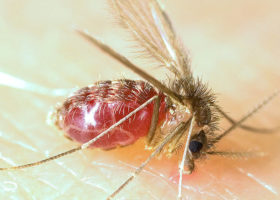
Our research uncovers a new mode of binding that explains how Leishmania can exploit almost any sand fly in the world as a vector. This interaction is… Read more »

A new approach to the treatment of cutaneous leishmaniasis with magnetic nanobeads is showing promise.
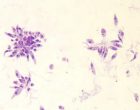
The 6th World Congress on Leishmaniasis (WorldLEISH 6) was the first conference I attended as a fully-fledged scientist (PhD… Read more »
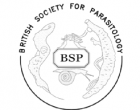
Parasitologists, microbiologists and chemists came together for fruitful discussions at the British Society for Parasitology 2016… Read more »
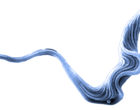
A new study has identified the proteosome protein complex as a promising new drug target for kinetoplastid protozoa, with one… Read more »

“[The situation in Aleppo] is devastating and overwhelming...the past few days have seen water systems, hospitals, warehouses,… Read more »
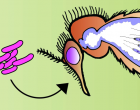
Guest post by Dr Rod J Dillon (@sandflyman) Senior Lecturer, Faculty of Health and Medicine, Lancaster University, UK. As part of… Read more »